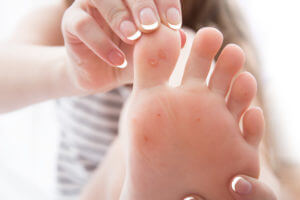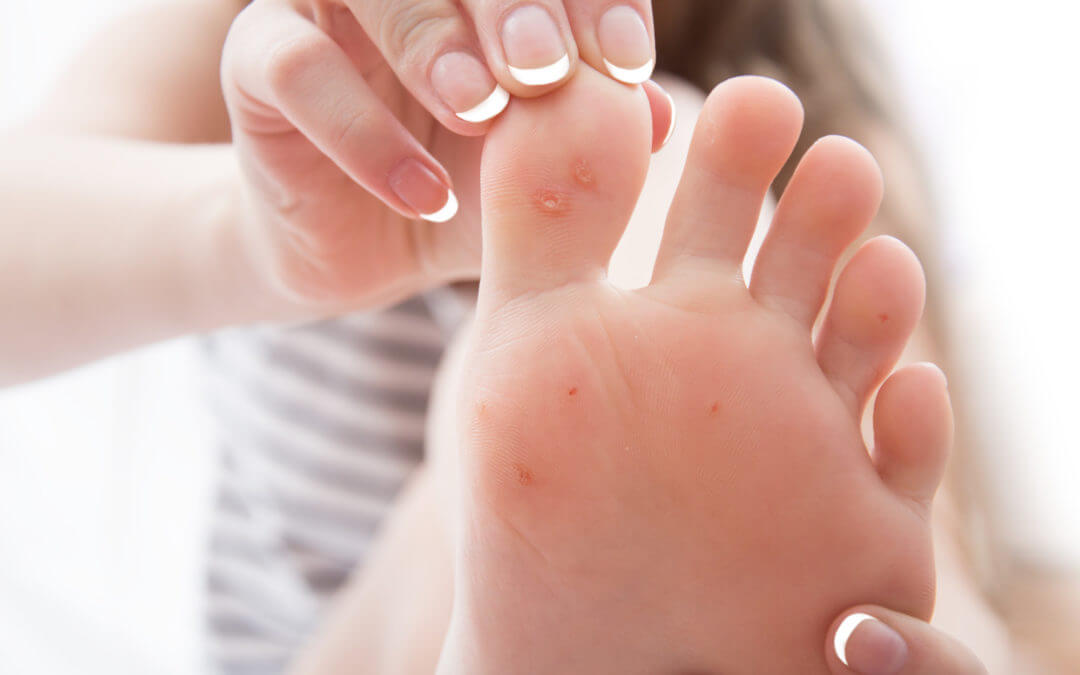Ugly Toenails and Crooked Toes: Five Common Foot Flaws and Ways to Fix Them
Do you cringe every time you look down at your feet? Are you an expert at hiding them away from sight, even if it means wearing socks all summer?
Crooked toes and ugly toenails might have you reaching for your best pair of shoes as camouflage but the good news is that many of the most common foot flaws are treatable.
In fact, these ailments are often your body’s way of telling you that something in your lifestyle needs adjusting. When your feet hurt and develop problems or become unattractive, there’s often an underlying problem to address.
Let’s take a look a five of the most common conditions a podiatrist sees and what you can do to treat them.
Ready to learn more? Let’s get started!
1. The Bunion Bump
If your feet are crooked or lopsided, bunions are likely to blame. People that develop bunions will notice a bony bump on the inside of the foot at the big toe joint. But what causes this bony bump?
In some cases, genetics are to blame. This means that your foot, because of the way it developed, is predisposed to developing bunions more easily than others. Flat feet, low arches and loose joints all make you more susceptible to getting bunions and genetics greatly influence these conditions.
It is also possible that the bunion may be worsened by your footwear. Have you been squeezing your feet into pointy shoes lately? Shoes that are tight in the toes can help trigger a bunion, too. For that reason alone, bunions are more common in women than men.
Try changing into looser, more comfortable shoes that do not cramp the toes together. Also, avoid high heels for extended periods of time as they allow for too much pressure on the foot. If that doesn’t work, you can have the bunions surgically corrected by a podiatrist. This procedure has greatly improved over the past decade and is done on a outpatient basis.
2. Yellow, Ugly Toenails
Do your toenails still look ugly even with multiple layers of polish? They may be loose, discolored and thickening. They may even be peeling off, changing shape and lowering your self-confidence by the second.
In this case, the culprit is likely a fungal infection. You’ve heard of athlete’s foot, but did you know that same fungus can also wreak havoc on your nails?
Resist the urge to slather on that polish, as it could make the problem worse. Instead, consult a podiatrist who can work with you to develop a treatment plan. Prescription topical medication is just one of a myriad of treatments that send that fungus packing.
3. Warts
You haven’t kissed any frogs lately, but you’re still noticing tiny bumps on your feet or between your toes.
What gives?
What you’re seeing are plantar warts, which often show up on the bottom of your feet. The result? It feels like you’re walking on a marble.
You’ll most commonly pick these up in moist places when your feet come into contact with the wart virus. So, wear flip-flops in places like the gym shower and the public pool. Also, make sure to completely cover up any exposed foot wound.
While there are some over-the-counter salicylic acid treatments you can use, you may need to see a podiatrist for a prescription medicine or to freeze the warts off with liquid nitrogen.
4. Ingrown Toenails
Ingrown toenails aren’t just unattractive. They’re downright painful!
If the threat of bunions wasn’t enough to deter you from wearing pointed-toe shoes, let this be the linchpin. Shoes and socks that are too tight can force a piece of your toenail to grow into your skin, leading to this painful condition. Other causes include improper cutting of the toenail and inheriting them from a family member.
Ways to prevent these painful toes? Ask your pedicurist to avoid using tools that can damage the skin around your nail. Also, make sure your toes don’t jam against the top of your shoes when you’re exercising or walking.
Lastly, trim your toenails straight across rather than all the way around and avoid clipping them too short!
5. Athlete’s Foot
Your feet are red, damp and scaly. Or, they could be excessively dry and cracked. They burn and itch to no end, especially at night when you are trying to go to sleep.
This foot fungus is known as athlete’s foot and while it can be atrocious to look at, it’s thankfully relatively simple to treat.
If an anti fungal cream from the drugstore doesn’t do the trick, talk to your podiatrist about more advanced treatments. You might need a prescription-strength product, in that case.
The worst part about athlete’s foot? It’s contagious. Protect and cover your feet and avoid sharing showers while you’re afflicted. Once you’re treated, use an anti fungal spray to stave off future infections.
Kiss Your Foot Flaws Goodbye
Are you ready to take control of your health and finally address those nagging foot flaws? You don’t have to suffer in silence or leave those snow boots out all year long.
We’re an award-winning podiatry team ready to take a look at what ails you. From medical procedures and custom orthotics to advanced technology care, we do it all.
Contact us today and we’ll help you put your best foot forward.
The information provided in this article is not meant to be medical advice and is for educational purposes only. If you would like to learn more about topics related to podiatry, feel free to contact Family Foot & Ankle Centers by clicking here or calling 972-597-4132 to reach our Waxahachie office, 903-872-9910 to reach our Corsicana office, or 972-875-3668 to reach our Ennis office.



